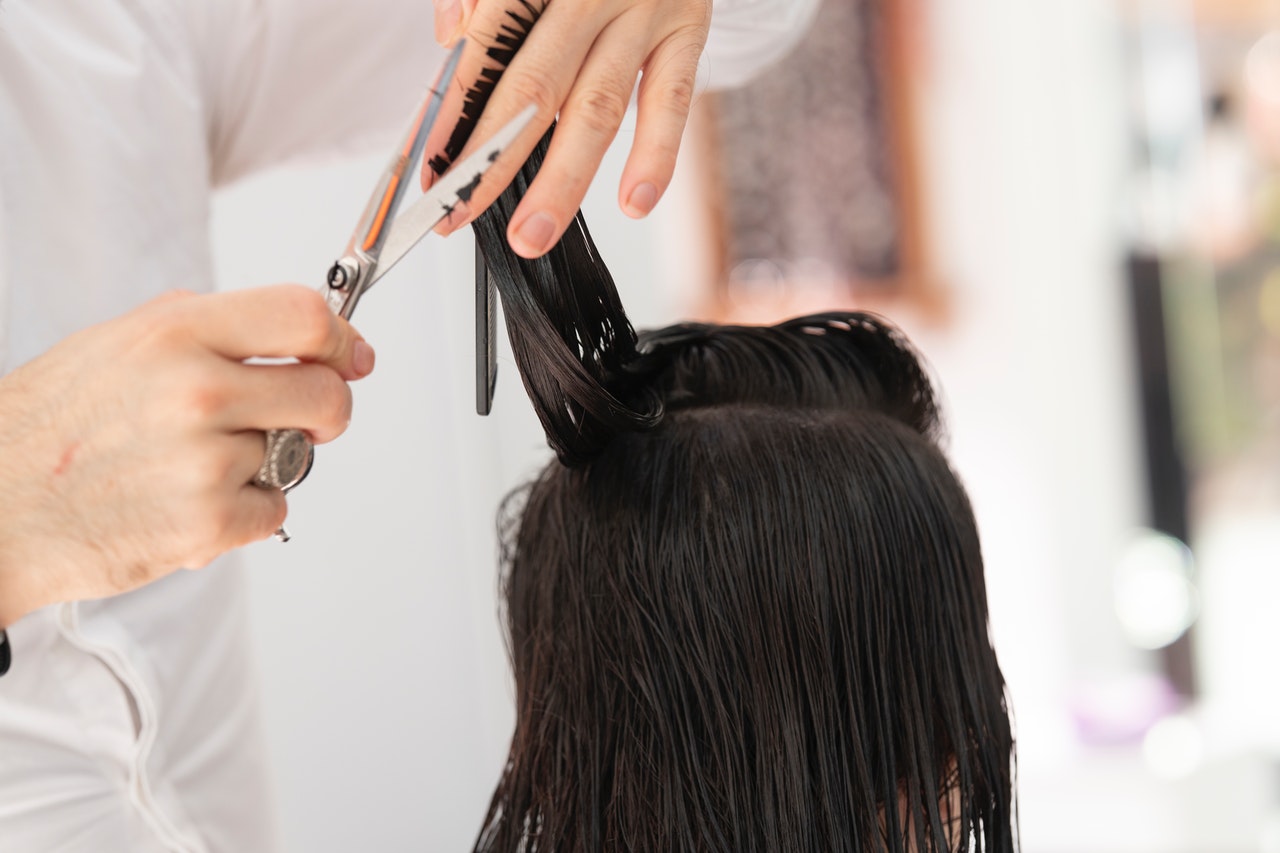Contents
If you’ve ever encountered only a slight amount of frizz, a friend or two might have urged you to try some sort of keratin treatment, such as a Brazilian blowout, or smoothing treatment.
It was considered the magic path at your local salon to have smoother, shinier hair in just one session. But, this famous salon hair-smoothing treatment could have a not-so-pretty side, like most chemical-laden beauty treatments.
You can’t possibly imagine yourself with a hideous strip of colors in your hair that appears like a dyed bunch of thatch, but that’s what comes when you color your hair straight after a procedure with keratin. Read on to learn everything you need to know about keratin and hair color.

What Is Keratin?
A structural protein found in your hair, skin, and nails is keratin. To help strengthen hair, it’s also widely used in styling products, but the phrase keratin treatment is pretty misleading.
Keratin treatments are a semi-permanent hair straightening procedure that smoothes and brings shine to frizzy hair. However, the reason the treatments work is not by the use of keratin.
A solution that contains a formaldehyde derivative or glyoxylic acid – which is safer – is applied through the hair to break bonds and reseal them in a straighter position to straighten and smoothen hair.
The solution is blow-dried and flat-iron sealed, and the effects will last for three to six months. The treatment works well on most types of hair and is recommended for anyone who wants to constantly cut out blow-drying or straighten their hair, decrease frizz, or enhance shine.
Keratin Treatments Vs. Other Treatments
Keratin procedures, compared to other straightening treatments, like relaxers, are a less harsh alternative. For those who have frizzy hair and want straight and smooth hair for the long-term, then keratin is perfect.
Keratin chemicals are a bit less toxic than those used in other straightening procedures, such as a very harsh, relaxing treatment.
Using ammonium thioglycolate and sodium hydroxide, Japanese hair treatments, and conventional relaxers completely sever the bonds of your hair. This makes them much more effective on curly hair, and therefore more harmful.
The growing-out stage will also be more extreme than with keratin treatments because when your natural texture grows back in, there will be a line of demarcation.
Coloring Your Hair After a Keratin Treatment
A newly completed keratin treatment will leave on your hair a thin layer of keratin that requires two weeks to bind and infiltrate your hair deeply. To reinforce each fiber from the core, it envelopes your hair.
The first two weeks are crucial periods for extra caution to be taken, as it determines how well and long your keratin treatment can last. You can get unexpected results from something that disrupts the setting phase: uneven-looking hair, frizz in patches, or keratin washed out early.
After a keratin treatment, applying color to your hair is pointless because it won’t work. This will give you unwanted results because the colors are only put on the top of your hair. All in all, it’s just a complete waste of money for you.
Coloring Your Hair Before a Keratin Treatment

Just do your hair color before your keratin treatment to get the best of both worlds. Ammonia opens up the hair cuticles during a hair color application to pump color into the cortex. This causes an oxidation mechanism that increases the pH level of the hair to 10.
As a consequence, hair becomes more alkaline. So, its structural integrity is degraded to make it fragile, brittle, and dry. Having a keratin treatment directly after a color application fixes the structural damage to the hair.
It also balances the pH of the hair, softens and shuts the cuticles, and extracts all chemical traces of color. And, when you wash or expose it to sunlight, a keratin treatment covers your hair with a deep protective coating that keeps color pigments from disappearing.
Conclusion
Before keratin treatment, hair coloring helps the keratin barrier work for your hair color than against it. You only got one choice to color your hair after a keratin treatment: wait two weeks, as per professionals.
If you use keratin and then dye your hair, you’re not only going to throw your money in the dump, but you could end up with damaged or bleached hair.
